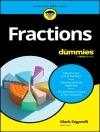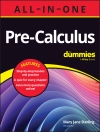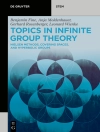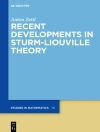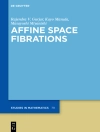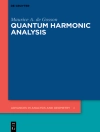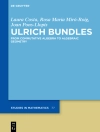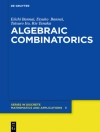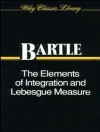This book gathers papers presented at the Workshop on Computational Diffusion MRI, CDMRI 2020, held under the auspices of the International Conference on Medical Image Computing and Computer-Assisted Intervention (MICCAI), which took place virtually on October 8th, 2020, having originally been planned to take place in Lima, Peru.
This book presents the latest developments in the highly active and rapidly growing field of diffusion MRI. While offering new perspectives on the most recent research challenges in the field, the selected articles also provide a valuable starting point for anyone interested in learning computational techniques for diffusion MRI. The book includes rigorous mathematical derivations, a large number of rich, full-colour visualizations, and clinically relevant results. As such, it is of interest to researchers and practitioners in the fields of computer science, MRI physics, and applied mathematics. The reader will find numerous contributions coveringa broad range of topics, from the mathematical foundations of the diffusion process and signal generation to new computational methods and estimation techniques for the in-vivo recovery of microstructural and connectivity features, as well as diffusion-relaxometry and frontline applications in research and clinical practice.
表中的内容
Super-Resolution Reconstruction from Accelerated Slice-Interleaved Diffusion Encoding Data.- Towards optimal sampling in diffusion MRI for accelerated fiber tractography.- A Signal Peak Separation Index for axisymmetric B-tensor encoding.- Improving tractography accuracy using dynamic filtering.- Diffeomorphic Alignment of Along-Tract Diffusion Profile Data from Tractography.- Direct reconstruction of crossing muscle fibers in the human tongue using a deep neural network.- Learning Anatomical Segmentations for Tractography from Diffusion MRI.- Diffusion MRI fiber orientation distribution function estimation using voxel-wise spherical U-net.- Stick Stippling for Joint 3D Visualization of Diffusion MRI Fiber Orientations and Density.- Q-space quantitative diffusion MRI measures using a stretched-exponential representation.- Repeatability of soma and neurite metrics in cortical and subcortical grey matter.- DW-MRI Microstructure Model of Models Captured via Single-Shell Bottleneck Deep Learning.- Deep learning model fitting for diffusion-relaxometry: a comparative study.- Pretraining Improves Deep Learning Based Tissue Microstructure Estimation.- Enhancing Diffusion Signal Augmentation using Spherical Convolutions.- Hybrid Graph Convolutional Neural Networks for Super Resolution of DW Images.- Manifold-Aware Cycle GAN for High-Resolution Structural-to-DTI Synthesis.- Beyond lesion-load: Tractometry-informed metrics for characterizing white matter lesions within fibre pathways.- Multi-modal brain age estimation: a comparative study confirms the importance of microstructure.- Longitudinal Parcellation of the Infant Cortex Using Multi-Modal Connectome Harmonics.- Automatic segmentation of dentate nuclei for microstructure assessment: example of application to temporal lobe epilepsy patients.- Two Parallel Stages Deep Learning Network for Anterior Visual Pathway Segmentation.- Exploring DTI Benchmark Databases Through Visual Analytics.


